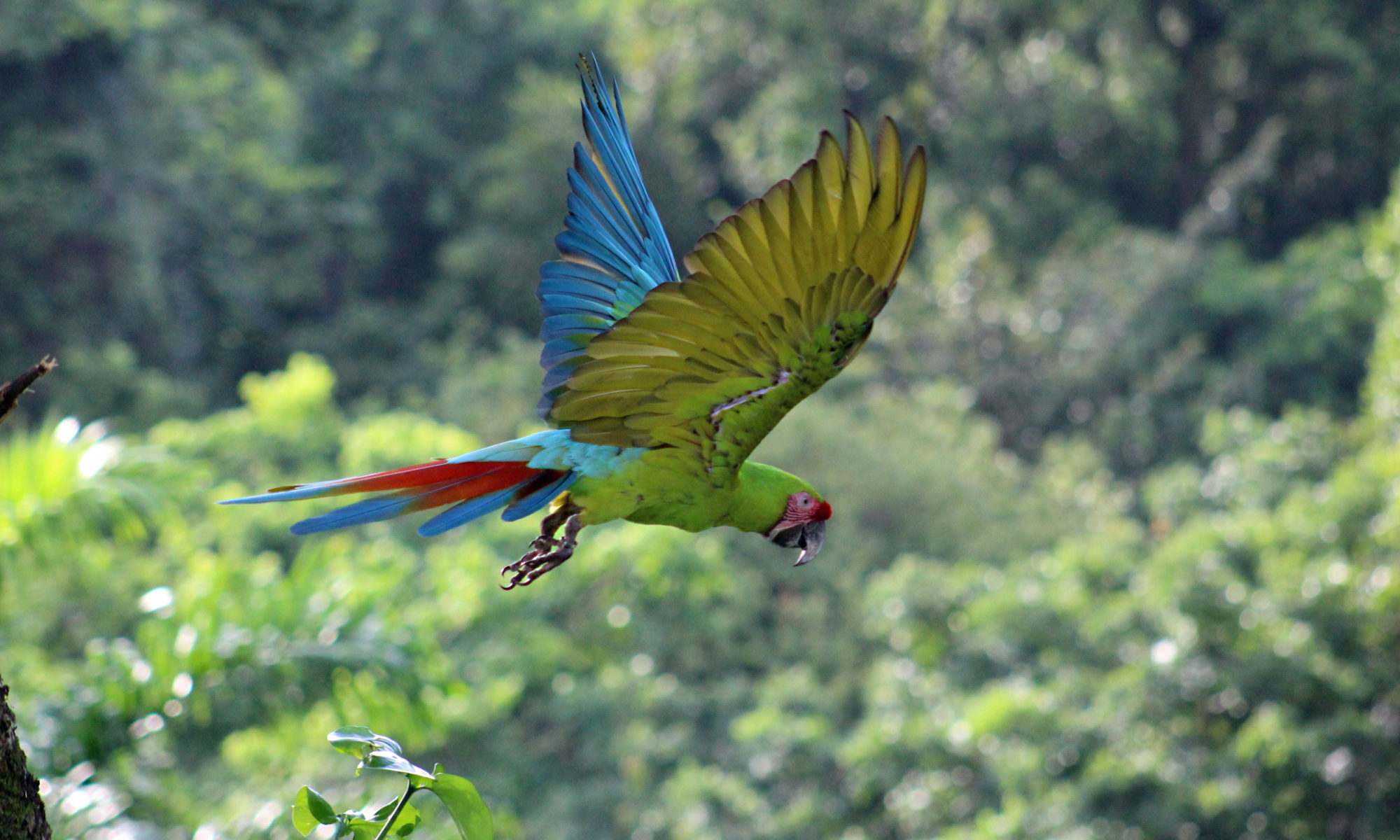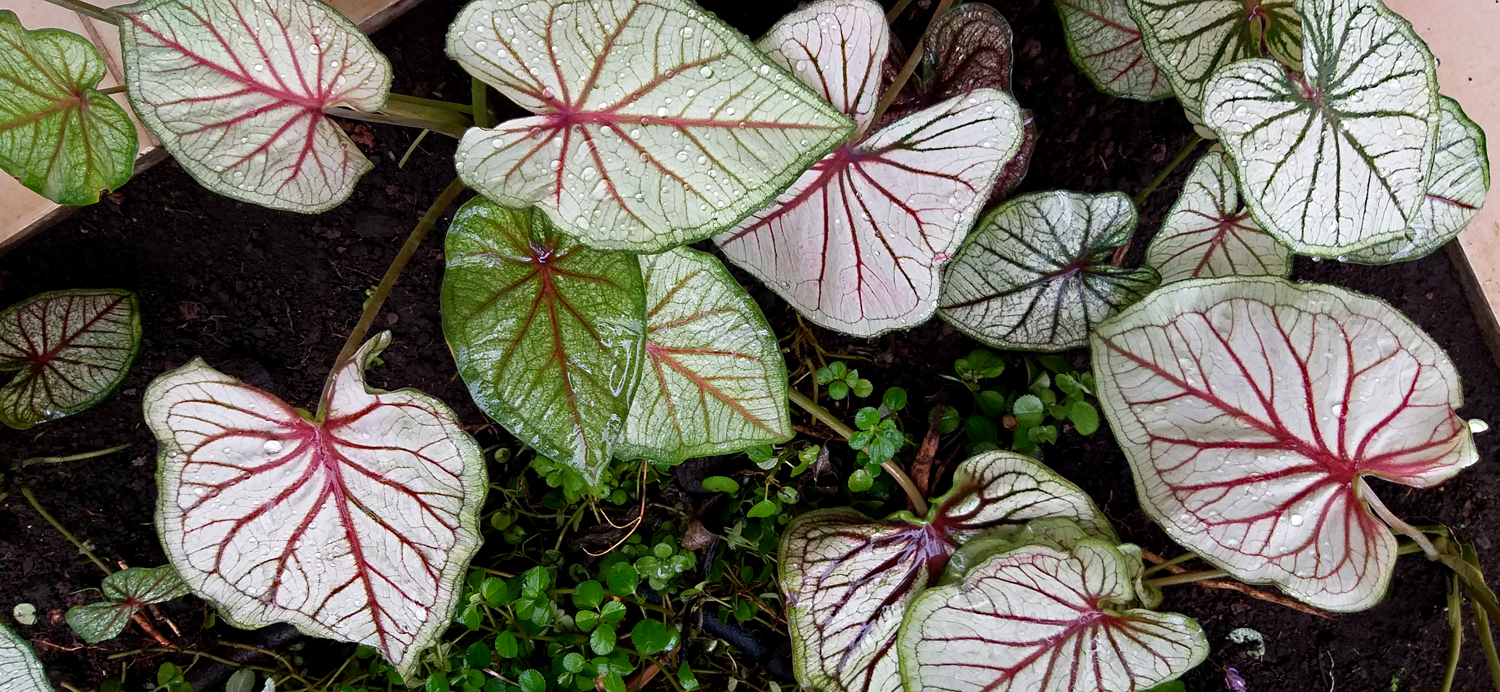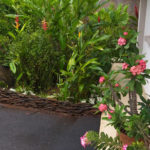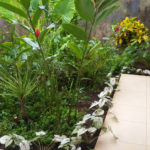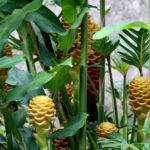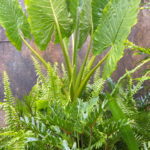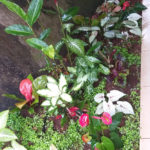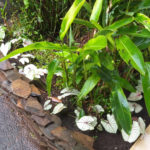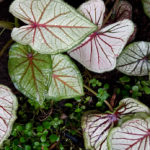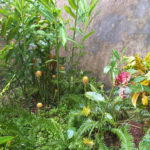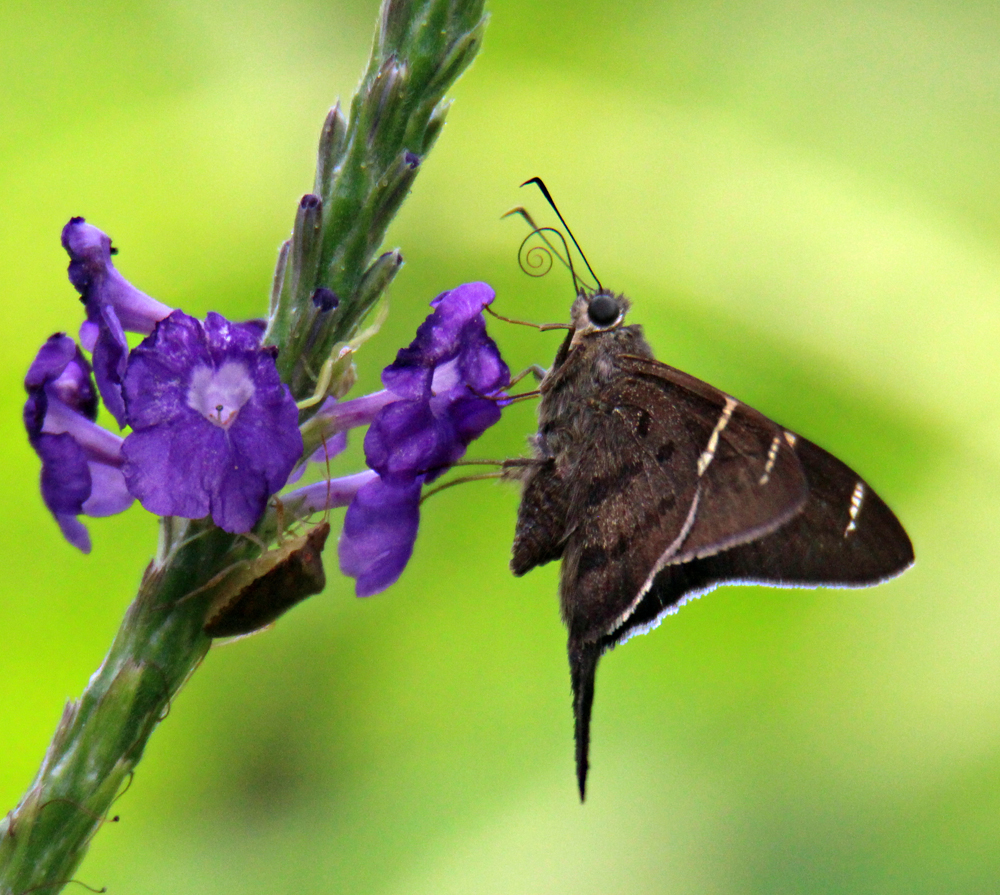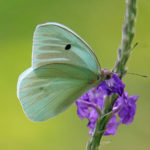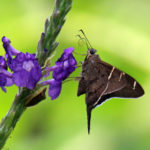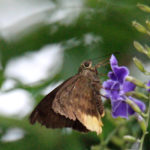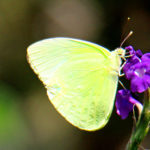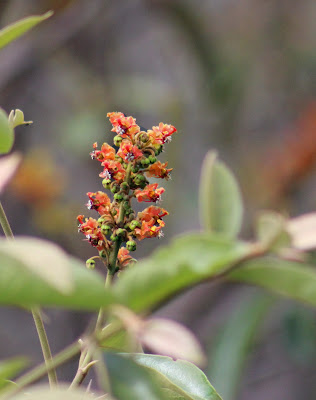I have been wanting to “open up” or “loosen up” my flower garden and make a couple of plant changes. Finally did that this week with the expert help and physical strength of my gardeners.
The Palmetto had become a giant ugly tree and was interfering with other plants. I had them remove it completely and replace with a Croton, the English name we used in Florida for a colorful-leaved shrub that can become very large if not trimmed. Earlier I had asked for a border of caladiums and they used the only type found in the Central Valley with very long sparse red leaves that went too far over my sidewalk. I explained the kind of small, heart-shaped leaf caladium I wanted and to get 40, as I needed, he had to order them from the Caribbean side of Costa Rica. But now I have what I wanted! 🙂
And we trimmed or cut back everything, especially the Plumbago which just takes over! So more open and clean now (fewer snakes!) but also with fewer flowers for the time being. In the tropics you have to be severe with pruning as everything grows rapidly here.
Here are a few photos I took in the rain yesterday that sort of shows what I have done different. Not many blooms now but there will be and I have two Poinsettias that will be blooming nicely around Christmas! It all will fill in soon.
Flowers always make people better, happier, and more helpful; they are sunshine, food and medicine for the soul.
~Luther Burbank
¡Pura Vida!
